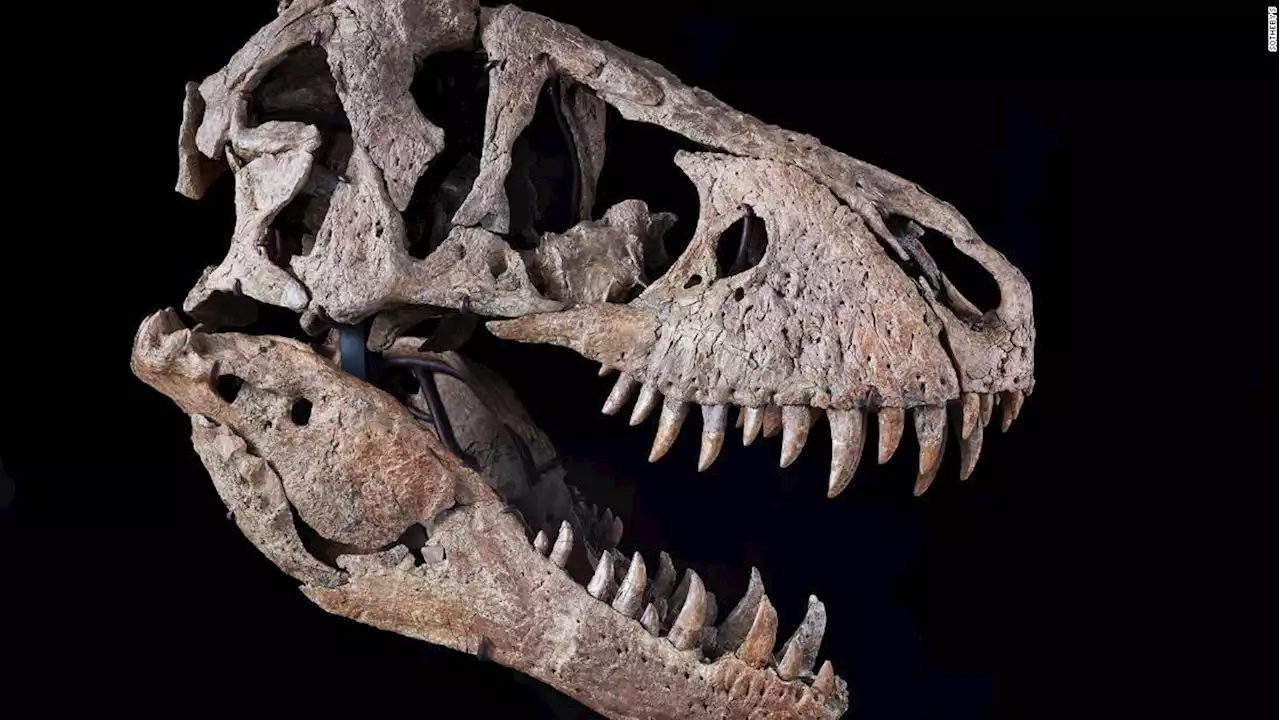Some Australopithecus era fossils may be close to a million years older than previously thought.
Darryl Granger, a professor of earth, atmospheric and planetary sciences in Purdue University’s College of Science, along with an international team of scientists developed the technology. They’ve been working on Australopithecus fossils as well as sediment found in Sterkfontein Caves. Using this technology, researchers were able to determine that the sediment samples collected from the cave dated about 3.4 to 3.7 million-years-old — previously thought to be 2 to 2.5 million-years-old.
“Sterkfontein has more Australopithecus fossils than anywhere else in the world,” Granger says in a press release. “But it’s hard to get a good date on them. People have looked at the animal fossils found near them and compared the ages of cave features like flowstones and gotten a range of different dates. What our data does is resolve these controversies. It shows that these fossils are old — much older than we originally thought.
To get the most accurate readings, Granger and his team date the rock around the fossil — a cement-like mixture called breccia — instead of the fossil itself. The new dating method uses accelerator mass spectrometry to measure radioactive nuclides in the rocks. The team also used geologic mapping and a deep understanding of the way cave sediments accumulate to help determine the age of the Australopithecus-era sediment in the cave.
Along with determining the new age of the Sterkfontein fossils and sediments, the team was also able to map the cave and figure out how animal fossils of different eras were mixed together during previous excavations in the 1930s and '40s. This will hopefully eliminate any prior confusion and help scientists get a better understanding of our origins.
“What I hope is that this convinces people that this dating method gives reliable results,” Granger says in a press release. “Using this method, we can more accurately place ancient humans and their relatives in the correct time periods, in Africa, and elsewhere across the world.”
United States Latest News, United States Headlines
Similar News:You can also read news stories similar to this one that we have collected from other news sources.
 3.5 billion-year-old rock structures are one of the oldest signs of life on EarthFossils called stromatolites from Western Australia were created by microbes 3.48 billion years ago.
3.5 billion-year-old rock structures are one of the oldest signs of life on EarthFossils called stromatolites from Western Australia were created by microbes 3.48 billion years ago.
Read more »
 T. rex skull could sell for $20 million at auctionA Tyrannosaurus rex skull is expected to fetch up to $20 million at auction next month, according to Sotheby's
T. rex skull could sell for $20 million at auctionA Tyrannosaurus rex skull is expected to fetch up to $20 million at auction next month, according to Sotheby's
Read more »
 T. rex skull found in South Dakota could fetch at least $15M at auctionMaximus, a 76-million-year-old Tyrannosaurus rex skull weighing 200 pounds, is poised to become one of the most valuable fossils ever sold at auction next month.
T. rex skull found in South Dakota could fetch at least $15M at auctionMaximus, a 76-million-year-old Tyrannosaurus rex skull weighing 200 pounds, is poised to become one of the most valuable fossils ever sold at auction next month.
Read more »
 Newly discovered photos show Nazi Kristallnacht up closeHarrowing, previously unseen images from 1938’s Kristallnacht pogrom against German and Austrian Jews have surfaced in a photograph collection donated to Israel’s Yad Vashem memorial, the organization said Wednesday.
Newly discovered photos show Nazi Kristallnacht up closeHarrowing, previously unseen images from 1938’s Kristallnacht pogrom against German and Austrian Jews have surfaced in a photograph collection donated to Israel’s Yad Vashem memorial, the organization said Wednesday.
Read more »
